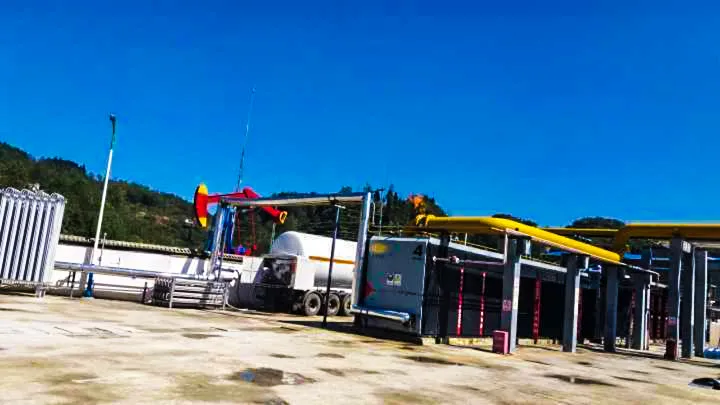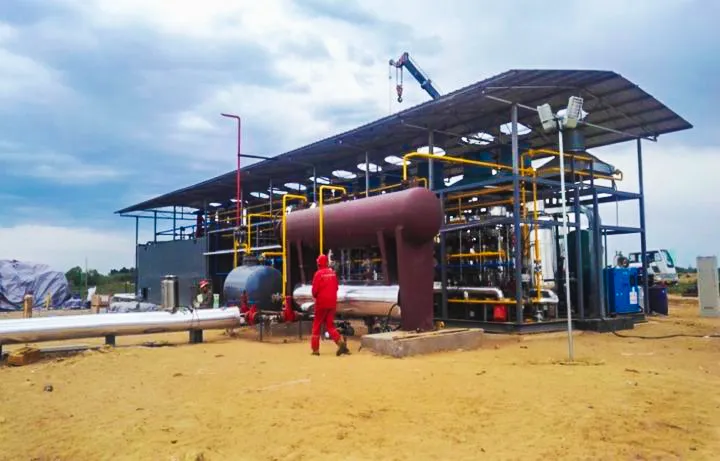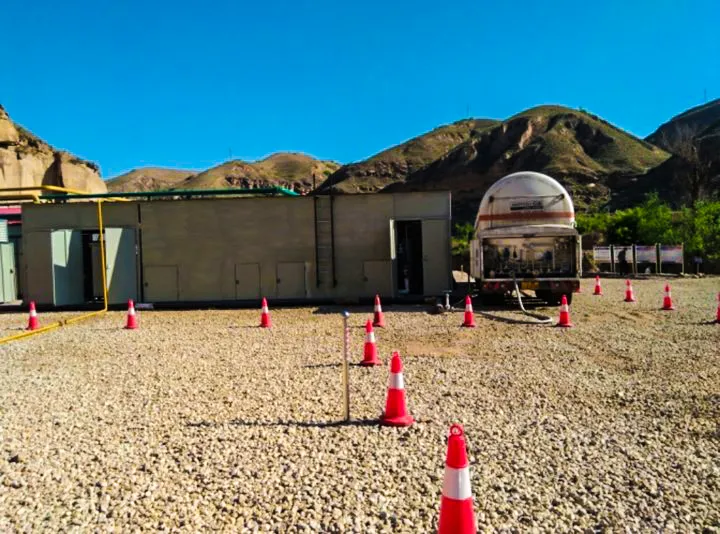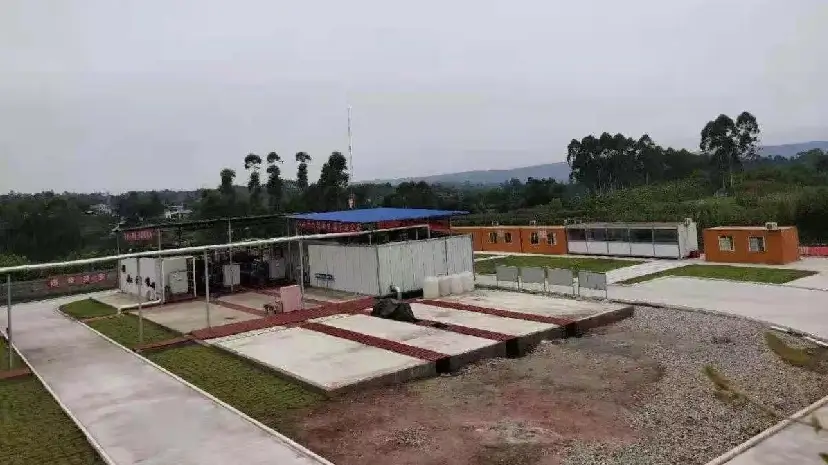How Is Shale Gas Formed?
Introduction
Shale gas has been identified as one of the key elements in the energy transition in the world. The process of formation is a complex process that influences the quantity of reserves as well as the technical difficulties involved when extracting them.
Geological Background

How Shale Is Formed
Shale is the rock that houses the gas shale, which was created over the course of many millions of years by fine-grained sediments, such as clay and mud, paired together with organic matter. The sediments are typically found in low-energy areas such as ancient lakes, seas, and deltas of rivers. As time passes, the compaction of layers under pressure from geological forces makes these sediments more compact into the formations of shale.
The Role of Pressure and Temperature
As sedimentary layers accumulate as they build up, pressure and temperature trigger physical and chemical changes. Organic matter that is trapped within the mud starts to change into hydrocarbons during thermal maturation, and eventually creates gas molecules.
Shale Layers as Gas Reservoirs
The low permeability and fine-grained surfaces make shale an efficient natural gas capture. In contrast to traditional reservoirs that have higher porosity, gas trapped in shale is stored in tiny pores that are adsorbed on organic matter. This is the need for advanced technology to extract it.
Formation Process of Shale Gas

Organic Matter Deposition
Shale gas starts with the accumulation of organic matter mostly from microbial and plant sources, mingled by fine sediment. A proper organic content is essential as more abundant deposits result in greater gas yields.
Thermal Maturation
In the course of geological time, pressure and heat causes the organic material to undergo thermal maturation. This process breaks down the complex molecules into methane as well as other hydrocarbons. This is the primary step to the creation of gas that remains in the shale.
Trapping in Shale
Unlike conventional reservoirs, shale lacks large, interconnected pores. It stores gas in tiny pores or is absorbed by the kerogen. This is the reason why shale gas can’t easily rise up and collect in conventional gas reservoirs, creating an unconventional energy source.
Why Formation Matters for Extraction
Challenges in Natural Release
Since shale gas is trapped within the rock, it is not able to escape naturally. Surface wells can’t gain access to the gas dispersed without causing artificial fractures.
Advanced Extraction Technologies
The formation conditions require horizontal drilling and hydraulic fracturing:
Hydraulic fracturing (fracking): Fluids that are high-pressure create cracks in the shale, which allows the gas to move.
Horizontal drilling: Expands the well into the shale layer, opening up more rock surface and enhancing the recovery.
Linking Geology and Technology
Understanding the formation of shale gas is crucial to designing efficient extraction strategies. Features of geology, such as the thickness of the layer, organic content, and thermal history, directly affect the location of wells, fracture design, and efficiency of production.
Global Shale Gas Formations
United States
The U.S. hosts some of the largest shale gas production fields, such as those in the Marcellus, Barnett, and Haynesville formations. Modern extraction techniques and favorable geology have made the U.S. a global leader.
China, Argentina, Canada, and Beyond
The Chinese Sichuan Basin, Argentina’s Vaca Muerta, and the Canadian Montney Formation are among the best non-U.S. resources. These regions have significant potential, but they often require tailored technology to tackle local geological issues.
Overview of Major Global Basins
Globally, shale gas formations are found across many continents. North America remains the most developed, while Asia, South America, and Europe are expanding production with exploration and pilot projects.
KAITIANGAS: Your Professional Partner in Shale Gas Recovery

Established in 2002, KAITIANGAS specializes in the recovery and treatment of Shale Gas resources. The company focuses on the development, engineering design, and global promotion of Shale Gas recovery and liquefaction technologies and equipment. With proprietary intellectual property rights, mature system solutions, and a professional team, KAITIANGAS has successfully built and operated multiple wellhead LNG recovery projects in China, the Middle East, and Southeast Asia, accumulating extensive field experience and technical advantages
Conclusion and Outlook
What is the process that creates shale gas? In essence, it comes from organic matter deposited in fine sediments, which is then transformed into hydrocarbons by high temperatures and pressures and then trapped in low-permeability shale layers. This geological process not only determines where gas is found but also dictates the advanced extraction techniques—hydraulic fracturing and horizontal drilling—required to make it commercially viable.






